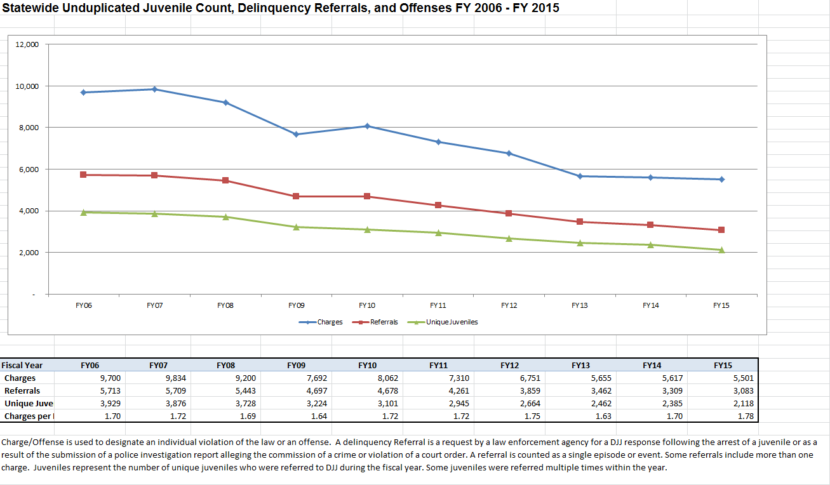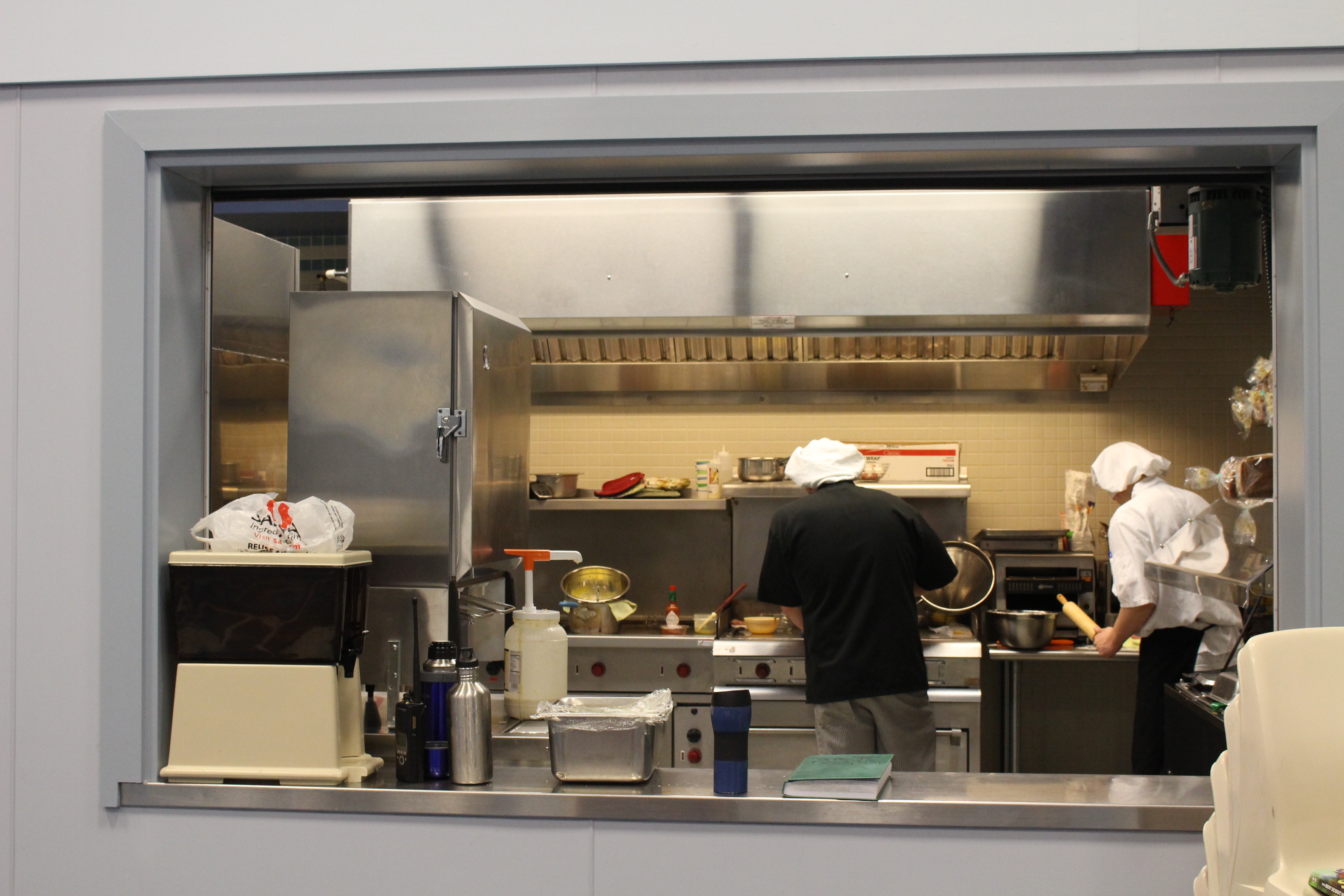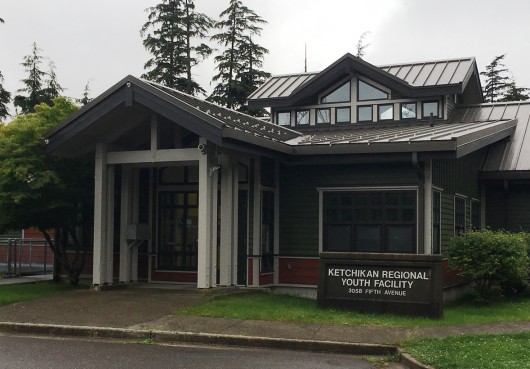
The state’s Division of Juvenile Justice said the number of kids being sent their way is almost half what it was 10 years ago.
When a minor is arrested or charged with a crime, they’re generally referred to Juvenile Justice for punishment or treatment, or both.
The reason behind the decrease isn’t completely clear, but it’s a nationwide trend.
Two juvenile crime experts said we have to remember the past to understand today’s lower numbers.
“Most of the kids never see the inside of one of our buildings,” said Rob Wood, Juvenile Justice director. “We deal with them informally or with parental supervision rather than put them in one of our programs.”
Wood has witnessed the decrease firsthand. He started with Juvenile Justice in 1990.
“We’ve seen a fairly steady decrease for about the last 15 years,” he said. “When I started with the division as a probation officer, my office in Anchorage got more cases referred to it than the entire state does now.”

Wood doesn’t know for certain why the number of referrals fell off so dramatically, but he has some ideas.
“We have better services in the communities, we have better mental health services, we have better responses, kind of up and down the continuum, and perhaps that is leading to less kids being arrested,” Wood said.
Melissa Sickmund, the director of the National Center for Juvenile Justice, agreed with Wood but wanted to approach the question from a different direction.
“You’re asking the question about, ‘Why did things come down?’ I think we need to step back and first ask, ‘Why had they gone up?’” Sickmund said.
She pulled up a graph of violent juvenile crime arrests in the U.S. since 1980. The arrests started climbing in the late 1980s, and peaked in the 1990s.
“For people who are old like me, you can remember that time,” Sickmund said. “People were very fearful of kids, there was actually a lot of kind of blaming kids for all the violence in the country which was not accurate, but it got everyone’s attention.”
The line fell hard after the 1994 peak.
Each year, Sickmund said she waited in suspense to see if the crime numbers had fallen again. They kept going down.

There were years when they rose again but not by much and then they fell even more.
Sickmund emphasized that this is national data and every community is different. However, numbers from Alaska show a similar trend.
So why did it happen? Sickmund pointed to one specific drug.
“People have hypothesized about crack hitting the streets and the violence associated with the crack market,” she said. “I don’t know if that’s an issue in Alaska.”
Wood said it was.
“And maybe that was in part because of the transiency of population,” he said. “There was a lot of money to be made in drugs, and crack was an easy drug to manufacture and to sell. Some of the gangs out of California moved into Alaska not necessarily to be gangs but to be businessmen.”
Wood and Sickmund both said the crack industry was extremely violent and Sickmund said kids played a huge role in it.
“Everybody responded to it,” Sickmund said.
Everybody included parents, schools, legislatures and law enforcement.
“There was a lot of money put into the system,” Sickmund said. “There was also a lot of money spent on research to try to understand what was going on, what happens with kids, what works with kids and with adults too.”
She said everybody did what they could to reduce the violence and eventually it turned around.
The result in Alaska is eight youth detention facilities that are housing fewer juveniles than they could hold. Wood said in the 1990s, the Anchorage youth center had a capacity of about 30 kids but averaged around 70.
The Ketchikan Regional Youth Facility is closing on Sept. 15 and its youths will be sent to Juneau’s Johnson Youth Center, which is also under capacity. Both have been housing a fraction of the juveniles they were built to hold.
Quinton Chandler is a reporter at KTOO in Juneau.




